Hair Parting on Crown Looks Funny
- Bald spot on crown: Is it an early sign of male pattern baldness?
- What causes it?
- What are the most common early signs of a balding crown?
- Bald spot on crown: How can you stop it spreading?
Why does the crown area always look empty?
You've noticed a bald spot on your crown, and you're worried about what this means for the future of your hair.
Are you guaranteed to go completely bald? Is there anything you can do to stop it? And what's the best way to style your hair to hide it?
Read on as we answer each of these (and more) questions to help you handle your bald spot.

Bald spot on crown: Is it an early sign of male pattern baldness?
A bald spot on the crown is one of the earliest signs of male pattern baldness. That doesn't mean you're destined to lose all the hair on top of your head, but it does indicate that you're likely to keep shedding over time.
Other signs of male pattern baldness may appear alongside or instead of a thinning crown, such as a receding hairline.
What causes it?
A balding crown, and male pattern baldness, tend to be caused by the hormone DHT. This is responsible for the development of male characteristics, such as a deepening voice and body hair.
But DHT can lead to problems when it adheres to androgen receptors in hair follicles on the scalp and causes them to shrink. New hairs will be finer and more prone to shedding.
DHT can also reduce the length of the anagen phase of the hair growth cycle and increase the duration of the telogen phase. New hairs will take longer and longer to grow back — until they stop growing altogether.
Hair on the back and sides of the scalp is more resistant to DHT, which is why these areas remain unaffected.
Male pattern baldness is typically hereditary from the paternal or maternal side, so if either (or both) of your parents have thinning hair, it's possible that you will too.
What are the most common early signs of a balding crown?
Here are four common signs that could indicate a balding crown:
Hair loss at the crown
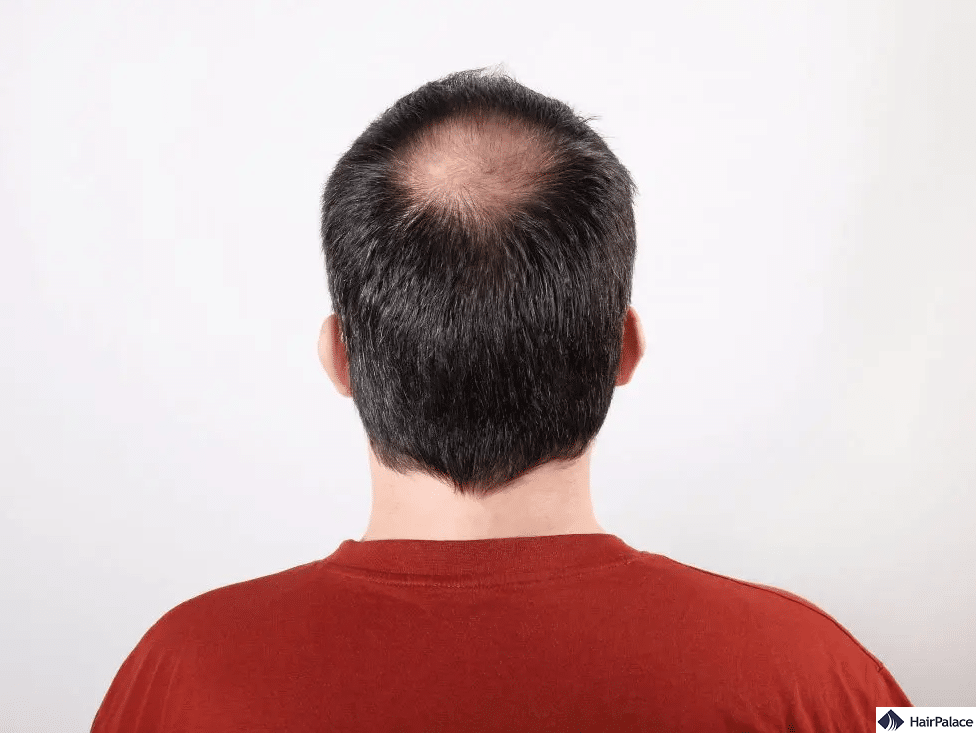
Hair loss at the crown is the most obvious early sign of a bald spot. You'll probably notice a gradual change as you lose hair in this area, primarily when running your fingers through it or when applying a styling product.
Receding hairline
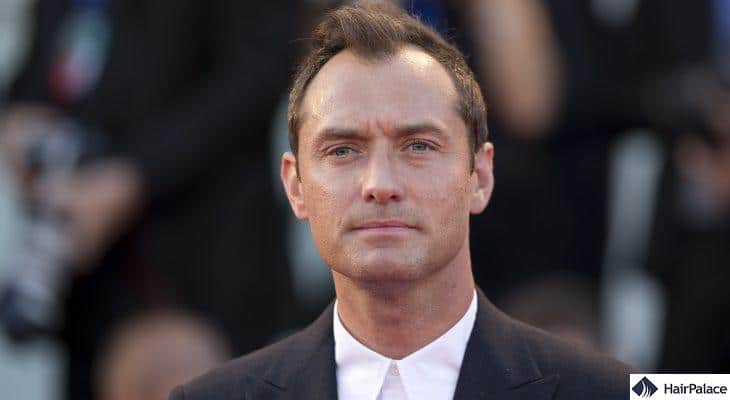
How does recession at the front of the scalp hint at potential balding at the back?
It's simple: receding hair is a major sign of male pattern baldness (unless it's a mature hairline, in which case recession will be severely limited).
So, when your hairline starts creeping back further and further along your scalp, it's possible that you'll begin to lose hair on your crown too.
Thinning hair
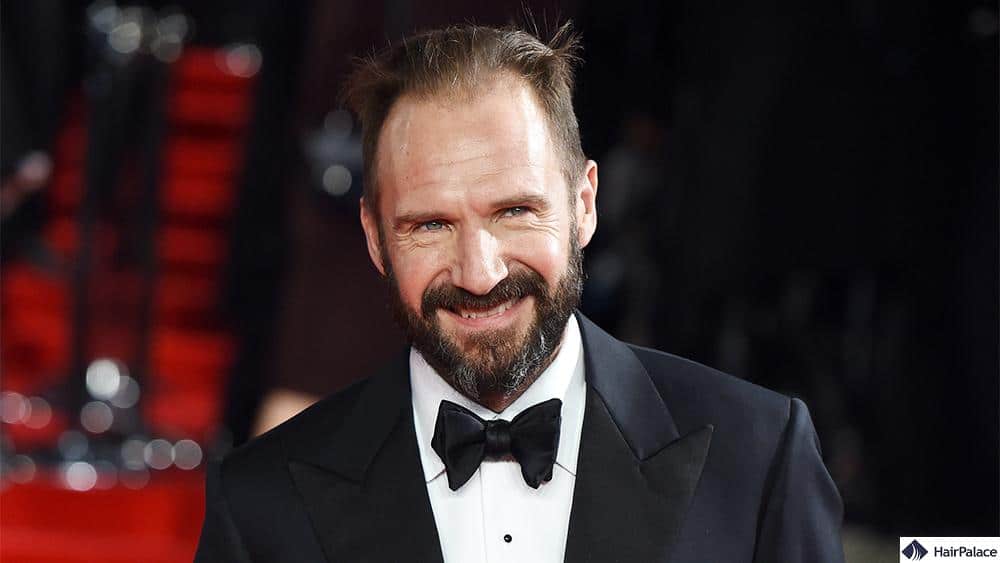
Male pattern baldness causes hair to thin in one or more areas of the scalp over a number of months and years, so it could begin at the crown or another region.
Your scalp may become more visible when you style your hair, or you could notice that it becomes slightly more sensitive to cold weather. This is due to the miniaturization of hair follicles and a decrease in new hair growth.
If you spot thinning hair on your crown, this could spread to the rest of the scalp.
Widening part
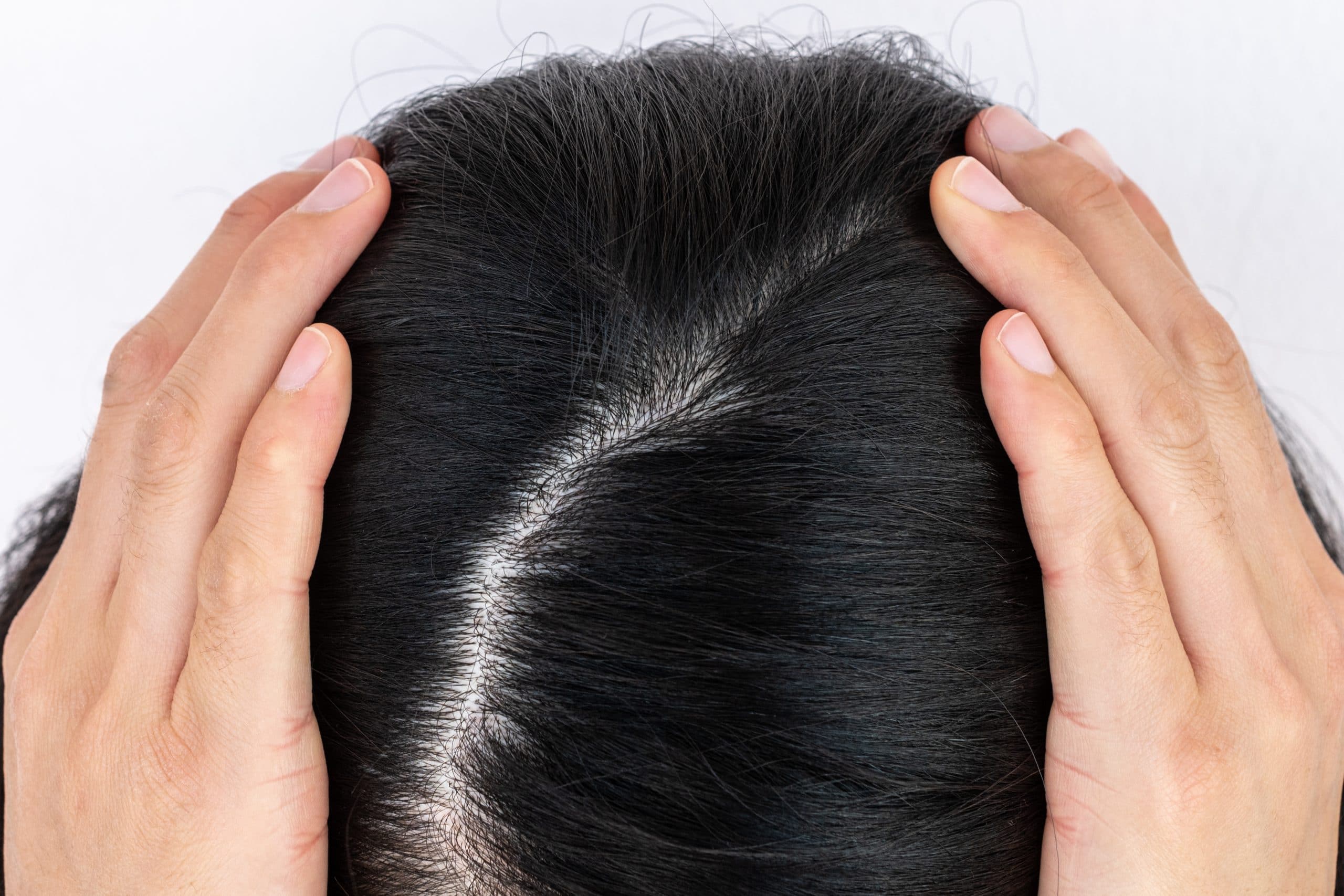
A widening part is another early sign of male pattern baldness, and could lead to the development of a bald spot on the crown in the near future.
Bald spot on crown: How can you stop it spreading?
It may be impossible to stop the bald spot on your crown spreading across the scalp, especially if you have male pattern baldness. This condition causes varying degrees of hair loss, and may lead to complete baldness on top of the head.
However, you can try certain techniques to stop a bald spot spreading and reduce its visibility:
Don't make it worse: Groom your hair with care
You might have no idea how to cut or style your hair when you spot balding on your crown.
You could feel tempted to let your hair grow as long as possible to create the illusion that you have more of it than you actually do. Or you may take the reverse approach and shave your hair off entirely.
But it's vital that you think carefully about how you want to handle your hair when a bald spot appears. For some men, it's not a big deal: they'll keep styling their hair as they always have and accept this change as part of their ageing process.
Others, though, will find it much harder to deal with. And if you fall into that category, speak to your barber or stylist about your options. They may be able to recommend a cut or styling technique capable of hiding your bald spot.
Use quality hair care products
Do you read the ingredients in your hair care products before you buy them? Or do you grab the cheapest items on the shelves and use them without checking what you're putting onto your scalp?
If you answered "yes" to the second question, it's time to start researching your hair care products.
Here are a few ingredients to watch out for:
- Sulfates: These attach to sebum on the scalp and can damage the follicles, strip away the hair's natural oils, and leave the hair dry. Sulfates may also make eczema worse and irritate the skin.
- Formaldehyde: This is a known carcinogen and can be absorbed into the body via the skin. You can find this in certain shampoos, so if you see it listed on a label, put the bottle back on the shelf.
- Alcohol: Brands add alcohol to hair care products to help retain moisture, but it can dry and damage the hair.
- Polyethylene glycol: This ingredient is often added to hair care products as a thickening agent, but can strip natural moisture from the hair.
Anything that dries the hair out and potentially harms strands could exacerbate your hair loss. Try to use products that contain natural ingredients to reduce the amount of synthetic substances coming into contact with your scalp and hair.
Consider asking other people with a bald spot to recommend products that are kind to the skin and hair.
Find the perfect haircut to disguise your bald spot
If you're self-conscious about speaking to your hair stylist about hiding your bald spot, don't be. They've probably already done the same for many other customers, and they'll continue to do so long after you leave their salon.
An experienced stylist should be able to present you with a variety of ways to disguise the bald spot on your crown. But if you want some ideas to suggest next time you're in the chair, here are several great ones to consider:
Sleek pompadour
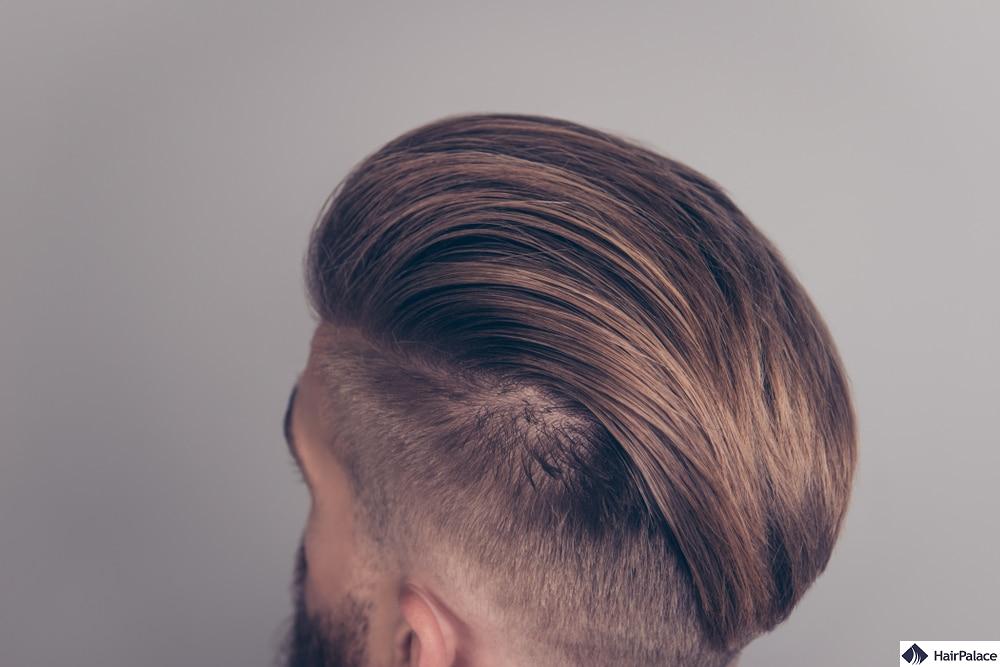
The sleek pompadour is a traditional hairstyle that's still hugely popular today. It's ideal for masking a bald spot on the crown, as the hair is brushed away from the front of the scalp.
A pompadour adds height to the face and complements a neat beard brilliantly. Just make sure you go easy on the product — too much may leave the hair too wet and still make the bald spot visible.
Side swept medium style
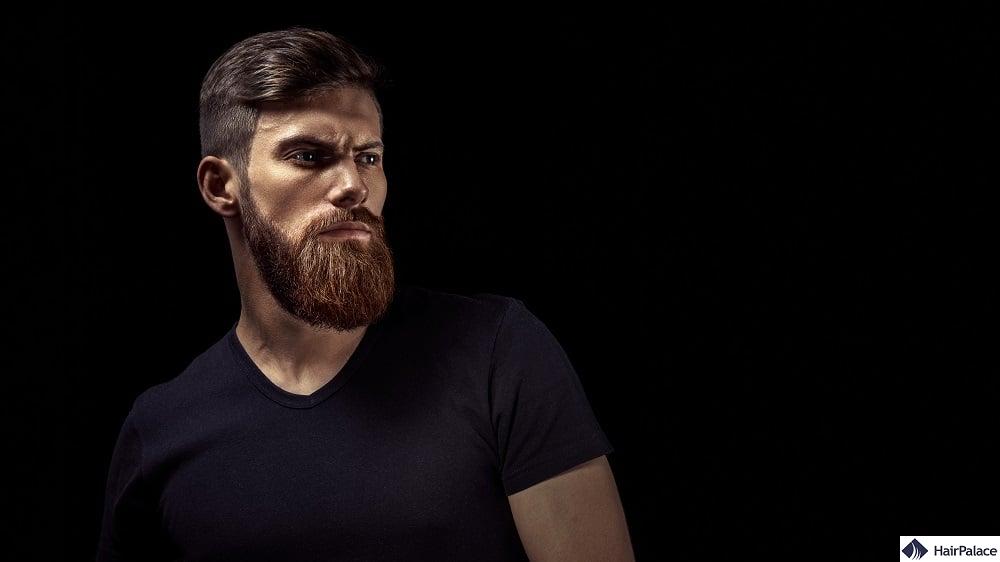
A side swept medium style is terrific if your crown is the only thinning area on your scalp. You can grow your hair longer and wear it to the left or right, covering the spot partially.
Buzz cut
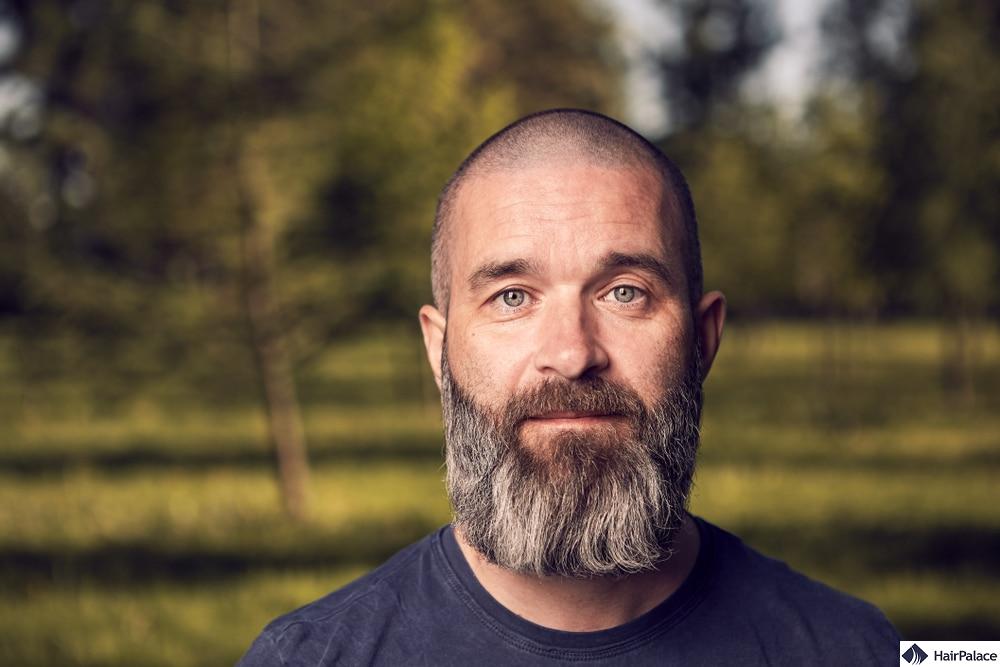
People may be less likely to notice the bald spot on your crown if the rest of your hair is cut close to the scalp.
Plus, this bolder cut can also suggest that you're confident enough with your hair loss to own your bald spot!
Classic slicked back style

This is similar to a pompadour but the hair is kept shorter, for a sophisticated, classic look.
Caesar cut
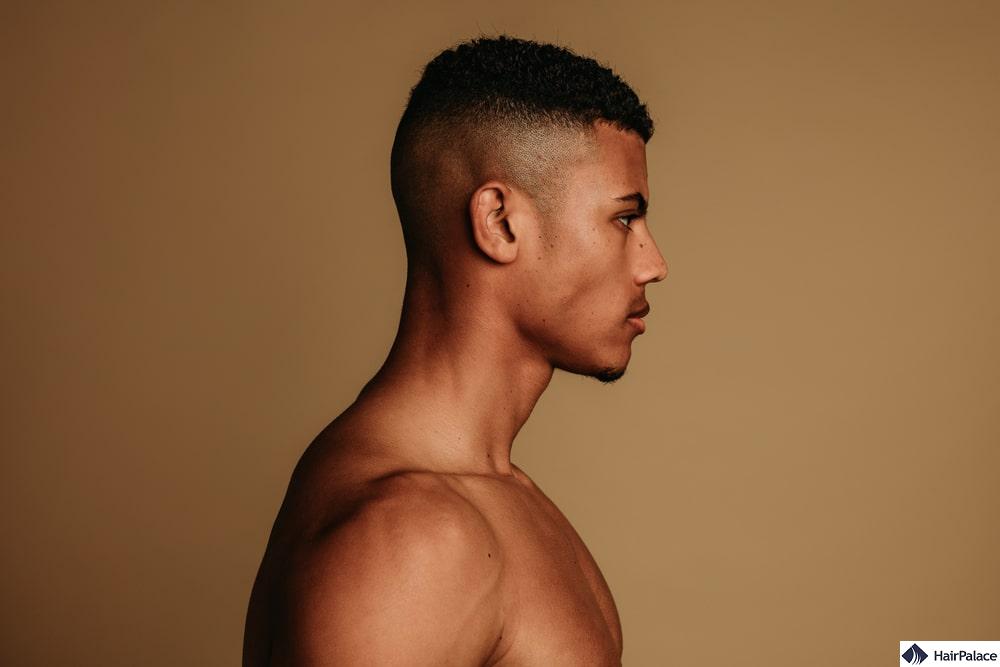
The Caesar cut is a simple but incredibly stylish option for any man, even if you have a balding crown.
The hair is cut close to the scalp around the back and sides while retaining a heavier, textured section on top.
Regrow your hair with medication
Certain medications are designed to help regrow hair, but results can be mixed:
- Minoxidil: A topical treatment applied to the scalp, though you need to keep using it continuously to maintain results.
- Finasteride: An oral medication that reduces DHT levels in the body to stimulate hair growth. Again, though, continuous use is required.

Have a hair treatment
A hair transplant is the most effective way to restore hair on your crown — and any other areas of the scalp affected by hair loss.
The latest hair transplants are available at incredible hair restoration costs, so they're more accessible than ever.
An FUE treatment involves harvesting healthy hair follicles from the back and sides of the head, and implanting them into the bald spot(s).
But let the male pattern baldness take its full effect before undergoing a hair transplant. Otherwise, a follow-up treatment might be required if new hairs continue to fall out.
We hope these tips help you handle the bald spot on your crown in the most effective, practical, and affordable way.
If you want to discuss a hair transplant with an expert team, contact HairPalace today!
FAQ
Is it normal to have a bald spot on your crown?
A bald spot on the crown of the head is incredibly common. Men and women may lose hair in this area, even if the rest of their scalp remains unaffected.
How do I get rid of a bald spot on my crown?
Minoxidil (sold as Rogaine and numerous generic options) is one of the most popular and tested treatments for hair loss. You can try this as a foam, shampoo, or liquid. You may be able to try a stronger product with a prescription. However, it can trigger side effects such as irritated skin or undesirable hair growth close to the scalp.
Can you regrow hair on crown?
Hair on the crown may regrow if the follicles remain intact and unaffected by DHT (a sex hormone that clings to follicles and shrinks them over time). Thinning hairs may also be treated to improve their condition.
What causes balding at the crown?
Ninety-five percent of male hair loss is due to androgenetic alopecia, according to research by the American Hair Loss Association. This genetic condition causes a receding hairline and thinning at the crown due to an inherited sensitivity to DHT.
Source: https://www.hairpalace.co.uk/the-bald-spot-on-crown/
0 Response to "Hair Parting on Crown Looks Funny"
Post a Comment